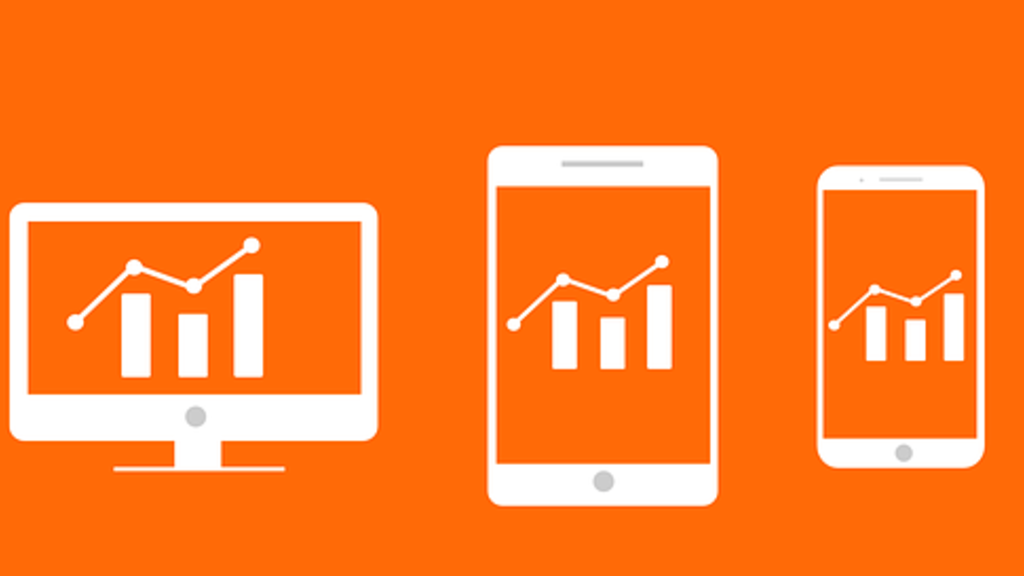This checklist will help you find a monitoring software and software provider that cater to your program’s needs, requirements and values. When you look at software as a service, there is more to it than features. We encourage you to take on a holistic perspective, and keep these nine points in mind:
1. Features
For which steps in the monitoring cycle do you need the software? Reflect on your feature requirements for data collection, data processing or management as well as the level of aggregation. What features for data output will you need to support reporting and learning? Check which kinds of data - quantitative or qualitative - can be handled by the system. Also consider whether functions such as offline operability, dashboards or data import and export are relevant for you.
Designed for relevance
Ideally, your software provider will be able to advise you on these questions. Based on our past experience with dozens of clients, we have designed our ready-to-use standard WebMo version in a way that meets the needs of most development projects, making it usable for a wide group, while staying flexible enough to incorporate tailor-made solutions if necessary.
2. Flexibility
What if your logframe is a bit different than the standard framework? Are you running a global program with many projects in multiple countries, and you need to aggregate results? There is nothing worse than having to change your carefully planned results model to fit a monitoring software’s structure. In more complex project settings with many donors and organizations involved, it might not even be possible to fit the mould. This is why customizability is key.
Adapt the software to match your structure, not the other way around
Whether you are following a more systemic approach such as "Theory of Change", or a results model where all components (results, outcomes or outputs) have a relation to one another, we can easily adapt our monitoring and collaboration software WebMo. And we will set up any project structure for you, as long as you can put it down on paper.
3. User-friendliness
A monitoring software’s structure must be quick to grasp, and users should be able to easily find, edit and update their projects, indicators, etc. Furthermore, creating projects, indicators, logframes, and so on, should be intuitive. In the best case, using the software does not require prior training.
Monitoring can be enjoyable
We know that you might have spent years using bland Excel tables for monitoring, and encourage you to shift your view on what’s possible: In the same way that a puzzle game, where we create order out of chaos, can be entertaining, so can a monitoring software be fun to use!
4. Support
Support is crucial for the sustained success of a software application. Since no software is free of so-called "bugs", the provider must react on time. Moreover, questions that are less technical and more related to the monitoring side of things may come up.
Speaking the same language, metaphorically and literally
For example, our users confirm that WebMo is generally easy to use, but choosing the right indicator type can be tricky. This is why, apart from a practical help sections and tutorial videos, we offer our customers support and training by both M&E and IT experts – in English, German, Spanish and French!
5. Pricing model
Keep your budget and the organization’s internal procurement rules in mind. Consider: Is there an off-the-shelf software for a fixed price or on a monthly subscription basis, or does the software have to be customized first? How high are the running costs, and are you charged per user? Is there a cost associated with support or training?
Collaborative monitoring shouldn't cost more
We know that development organizations have different sizes and budgets, and we cater to these by offering different pricing models depending on the number of projects. Since we see many benefits in collaborative monitoring, our M&E software WebMo will always cost the same, no matter how many users are involved on your end.
What happens when the funding is discontinued?
Our experience has shown that monitoring software runs smoothly as long as there is donor support. To ensure long-term, local M&E capacity building, we offer a "sustainable pricing" model where, after a certain period or payment, WebMo becomes free for local organizations.
6. Data privacy and security
Your monitoring software must comply with the guidelines on data protection in your country. For example, in Europe the GDPR requires that user data is stored in encrypted form on servers in Europe.
Data backup is an indispensable aspect as well. We use a multi-level data backup system to prevent data loss. In addition, recovery tests should be performed to test the functioning of the backups. Security updates and regular server maintenance are usually standard, but you should still verify this with your provider.
7. Values and sustainability
Your organization strives to make the world a more environmentally-friends, just and social place? In the big picture, this means choosing a service provider that shares your values. Although many server and software providers host their software climate-neutrally, it is not yet a set standard. Some service providers go even further: For every WebMo customer, we plant one tree per month together with our partner organization Plant-for-the-Planet in Yucatán, Mexico.
For more thoughts on this topic, have a look at our article "What is Sustainable Software?"
8. Open source practices
Open source is software with source code that anyone can copy, modify and share. When handling public or international development resources, it makes sense to invest in software code that will be collectively owned, and is built upon existing code that only needs to be modified. This ensures that sector-specific solutions that might be helpful to initiatives sharing the same goal are not locked away behind licensing fees.
WebMo is built on the open source software MediaWiki, which is most famously used by Wikipedia. We try to build on past experiences by reusing and adapting features, which significantly speeds up the customization process. Lastly, our choice of open source software ensures that WebMo remains adaptable even when project requirements change, so that it can be used for a long time.
9. Principles for Digital Development
These principles developed by the UN consist of nine guidelines that are designed to help use digital technologies in development cooperation projects more efficiently, effectively and sustainably. When identifying the software or a provider, one could also consider whether these principles are taken into account (https://digitalprinciples.org/).
Do you want to learn more about different types of IT tools for monitoring and their respective benefits? Sign up for our free quarterly webinar on Digital M&E systems!



